When the COVID-19 pandemic took hold in March 2020, the impact was far more significant than anyone expected. The construction industry was particularly hard hit, given its in-person, on-site nature. The magnitude of the risk associated with the pandemic was not anticipated or factored into active projects, and the impact to project budgets and schedules was significant. Under normal circumstances, construction is an inherently risky undertaking. However, more typical and expected project risks can be forecast and plugged into a budget or schedule.
The project management tool for risk management on construction projects is generally referred to as cost schedule risk analysis (CSRA). It is widely used across all industry sectors and is mandated on Department of Defense projects above a specified dollar value.
CSRA should be implemented in the early design stages, either during concept or schematic design. Completing it when the program has been established and basic project parameters have been identified reaps abundant benefits by:
Encourages project stakeholders to think holistically about shared priorities and goals
Provides a platform for review of all project assumptions and constraints
Quantifies cost and schedule contingencies needed to account for risks
Plans risk responses to counter project risks
Reduces project cost and schedule through early-stage intervention and risk management
Enhances project team collaboration and communication
The Axias process of CSRA is an iterative approach that revolves around the following steps:
Many of the components for a successful CSRA are in the preparation for and facilitation of a working session, which should involve the following key components:
Following the session, multiple iterations of potential outcomes are processed using Oracle Crystal Ball to perform Monte Carlo simulations, generating a range of potential costs and project durations.
The team can then reach consensus on what level of confidence they need on both aspects and assign contingencies accordingly, i.e., dollar amount in the estimate and float in the schedule. The result is a data-driven approach to assessing the most likely outcome of the project cost and schedule, balancing the actual risks that are present with reasonable allowances for managing those risks.
We treat CSRA as a continuous process through various design phases and occasionally into construction. CSRA workshops can continue to be held at key points of the schedule to facilitate ongoing discussions by stakeholders, using the risk register to track all the risk items with periodic reviews, updates, and reports.
Conversations about cost and schedule risk early in the design phase promotes more accurate forecasting and project controls. A major modernization at the Norfolk Naval Shipyard is a case in point. The results of the CSRA, based on an 80% probability confidence level, significantly increased the originally recommended risk contingency. Because the CRSA was completed before design completion and bidding, the owner had a better understanding of the risks, how the cost was developed, and more confidence in the cost estimate, which in turn led to a successful award once bids were received.



